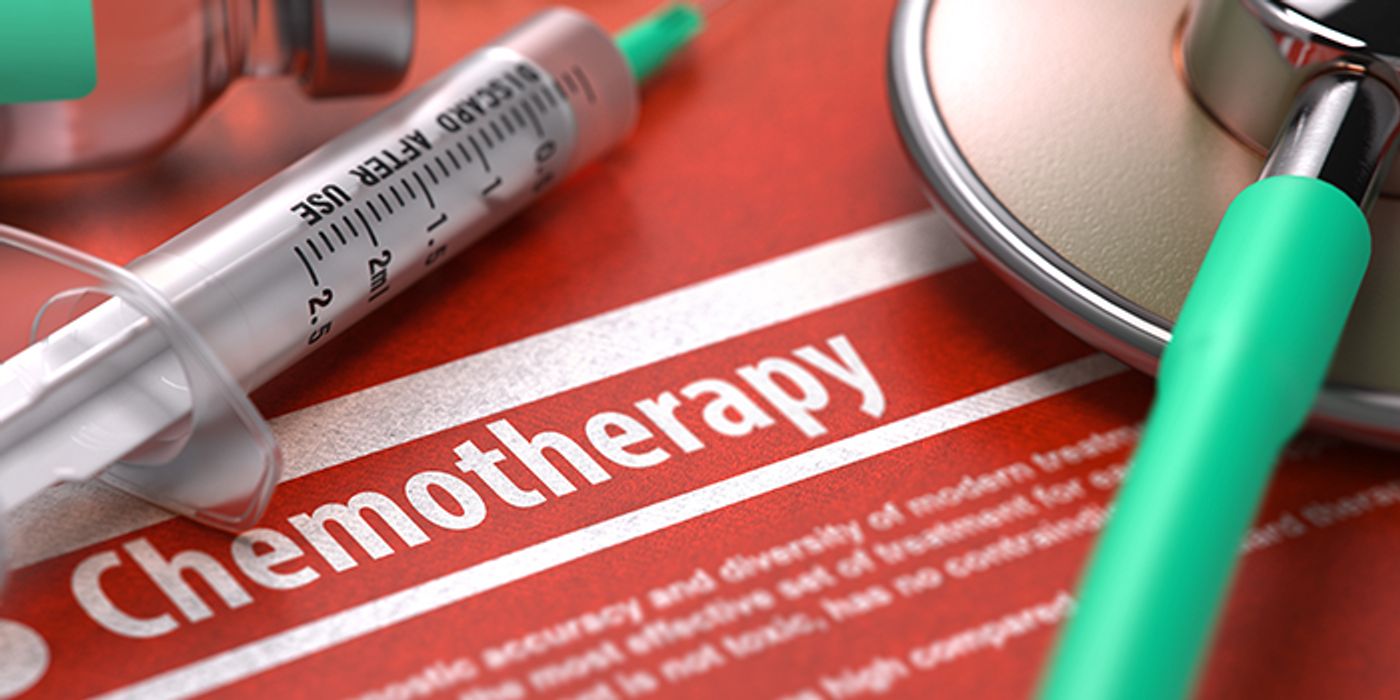Bacteria contribute to chemotherapy resistance
Bacteria in tumors make cancer resistant to chemotherapy. Wait, what? That’s right. According to Ravid Straussman at the Weizmann Institute, Gammaproteobacteria inside of pancreatic tumors metabolize the chemotherapy drug gemcitabine into its inactive form. Gemcitabine is a nucleoside analog that is commonly used to treat pancreatic cancer, as well as breast, bladder, and lung cancers.
Image: Mesothelioma Clinic
Hold up - bacteria in tumors? Yes, evidently that’s a thing, and I’ll take their word for it (for now). Initially, Straussman and his colleagues observed that conditioned medium from human dermal fibroblasts made colorectal and pancreatic cancer cells resistant to gemcitabine. When they filtered the medium, however, it no longer conferred resistance. Thus, they hypothesized that something bacteria-sized made the cancer cells resistant to gemcitabine.
They sequenced the conditioned medium and found DNA from Mycoplasma (mostly Mycoplasma hyorhinis). Further, when they treated the medium with an antibiotic, it no longer made cancer cells resistant to gemcitabine. One possibility was that gemcitabine was being modified in some way. Thus, they used high-performance liquid chromatography-tandem mass spectrometry to show that, indeed, the bacteria metabolized gemcitabine into its inactive form. Notably, Mycoplasma isn’t the only bacterium that can modify gemcitabine; 13 of 27 other species they tested did so as well.
Next, they wanted to know wanted to know which Mycoplasma genes were required to metabolize gemcitabine. Actually, they knew that the bacterial enzyme cytidine deaminase (CDD) was able to modify gemcitabine, so they investigated this gene first. Of the 27 bacterial species they tested previously, all of the ones that expressed the long form of CDD (CDDL) conferred gemcitabine resistance. None of the species that lacked CDD conferred resistance, but one that expressed the short form of CDD did.
To confirm that CDDL conferred gemcitabine resistance, they deleted CDDL from E. coli and showed that these bacteria could not metabolize gemcitabine. As expected, restoring CDDL activity to E. coli also restored the ability to metabolize gemcitabine.
Finally, the researchers validated their findings in an animal model. They injected colon tumor-bearing mice with a strain of E. coli that colonizes tumors and produces CDDL. They also tagged the bacteria and tumor cells with different fluorescent tags, allowing them to image each cell type in vivo. Then, they treated mice with gemcitabine with or without an antibiotic to kill the CDDL-producing E. coli. Bacteria were not detected in the antibiotic-treated mice, and these mice showed an antitumor response with gemcitabine. In the mice that weren’t treated with antibiotics, however, gemcitabine had no effect on tumor growth.
Sources: Science and Weizmann Institute









